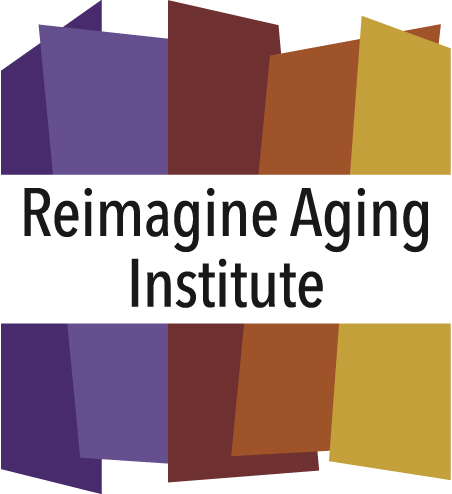Guest Column by Deb Taylor
 With more than 5 million Americans living with Alzheimer’s, too many of us are affected by this disease. Alzheimer’s is the 6th leading cause of death in the United States, and is the only cause of death out of the top 10 that cannot be prevented, cured or even slowed.
With more than 5 million Americans living with Alzheimer’s, too many of us are affected by this disease. Alzheimer’s is the 6th leading cause of death in the United States, and is the only cause of death out of the top 10 that cannot be prevented, cured or even slowed.
So what can you do to help?
There are many different ways for all individuals to get involved during Alzheimer’s Awareness Month this June.
Here are five ways you can make a difference.
- Participate in the Walk to End Alzheimer’s.
The Alzheimer’s Association Walk to End Alzheimer’s® is the world’s largest event to raise awareness and funds for Alzheimer’s care, support and research. The event calls on participants of all ages and abilities to join the fight against the disease. The Alzheimer’s Association provides free, easy-to-use tools and staff support to help participants reach their fundraising goal, and registration for the event is free. You can participate in the 2017 Walk to End Alzheimer’s – Twin Cities, MN on Sep 9th at Target Field, or search for another walk near you. - Become or support an ALZ Star.
The Alzheimer’s Association ALZ Stars® program is an opportunity for runners, cyclists, swimmers and tri-athletes to participate in what they love in combination with pursuing progress in Alzheimer’s care, support, and research locally and nationwide. How you can participate in this program is by registering for an ALZ Stars event near you and promoting it, or by supporting an athlete with a donation. Local ALZ Stars events coming up in Minneapolis are ALZ Stars – Medtronic Twin Cities Marathon & TC 10 Mile on October 1st, or the 2017 ALZ Stars – MN/ND December 31st. - Become an advocate
Join the ALZ’s network of advocates by pledging to support the fight to end Alzheimer’s, and you will receive timely alerts to take simple actions that will help influence national policy and create widespread awareness of the devastation that comes with this disease. You can sign the pledge at http://www.alz.org/advocacy/take-action.asp - Get your work place involved
a. See if your workplace matches gifts/donations. http://www.matchinggifts.com/alz
b. See if your workplace is a part of the Alzheimer’s Workplace Alliance (AWA). The Alzheimer’s Workplace Alliance (AWA) is a group of nearly 2,000 leading companies and organizations that have stepped up as leaders in the fight against Alzheimer’s disease. The AWA aims to raise awareness of the disease and the importance of early detection while providing help to individuals balancing work and care-giving responsibilities. http://www.alz.org/AWA/AWA.asp
c. Go Casual for a Cause in your workplace.
Casual for a Cause encourages employees to dress down or wear jeans in exchange for a small donation, typically $5, to the Alzheimer’s Association. To make your casual outfit more complete wear purple, the official color of the Alzheimer’s movement. http://act.alz.org/site/PageServer?pagename=casual_for_a_cause
d. Sign up to receive free up-to-date monthly Alzheimer’s-related articles including topics such as The Basics of Alzheimer’s, 10 Warning Signs, Recognizing Caregiver Stress, and Annual Alzheimer’s Disease Facts and Figures. http://www.alz.org/join_the_cause_free_articles.asp - Donate
There are many ways you can donate to the fight against Alzheimer’s. A few mentioned earlier include donating to an individual or team walking in the Walk to End Alzheimer’s, donating to an ALZ Star, donating in a workplace event, or donating straight to the Alzheimer’s Association at alz.org
Alzheimer’s is a devastating disease, but it doesn’t mean we can’t make a positive impact. Consider participating in the fight against Alzheimer’s this month. You can start by simply wearing purple.
For more information on Alzheimer’s and how you can contribute to the fight against this disease, go to www.alz.org.
Deb Taylor is the CEO of Senior Community Services and its Reimagine Aging Institute, a nonprofit that helps older adults and caregivers navigate aging to maintain independence and quality of life. We provide a wide array of programs — www.seniorcommunity.org




